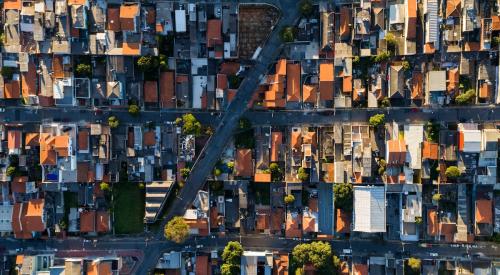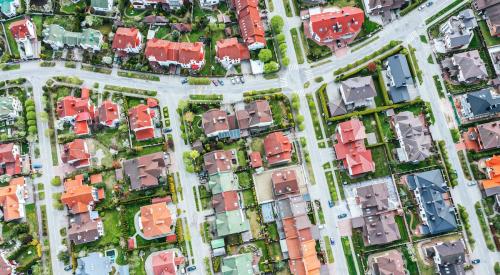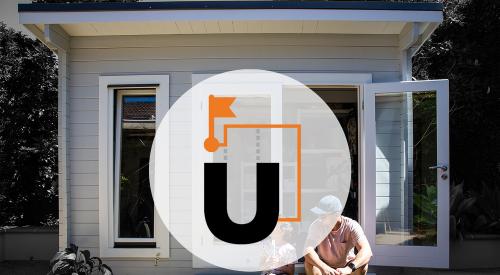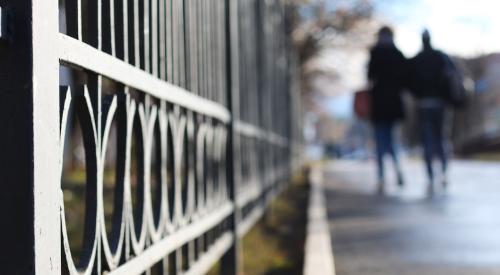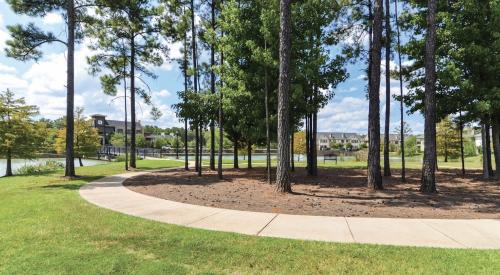As California uses density to create more housing, that transformation is clashing with the American dream of living in a single-family subdivision.
The New York Times chronicles the how going taller and building in backyards with more units through duplexes and accessory dwelling units in San Diego’s Clairemont neighborhood, built during the 1950s, is impacting long-time residents, flippers, developers, and local elected officials.
The suburban dream that Ms. Coats’s family bought into has become the American housing system. Reforming it is key to any number of existential problems, including reducing segregation and wealth inequality or combating sprawl and climate change (transportation accounts for about a third of the nation’s carbon dioxide emissions).
But the process will be long and difficult, as single-family neighborhoods are America’s predominant form of living and homeowners broadly enjoy them.
The implications go way beyond geography. The America that prevailed when Ms. Coats’s family of six moved to Baxter Street was a more middle-class country, where women had about 3.5 children on average. Today inequality is much starker, and the fertility rate has been cut in half as adults remain single longer and have fewer or no children after they pair up. Members of the millennial generation continue to lag their parents in homeownership, and 20 percent of U.S. households are multigenerational — up from 12 percent in 1980 — as families grapple with the cost of living.
In other words, the pressure to remake neighborhoods like Clairemont is due not to some sudden shift in what people want out of a home but rather to the sweeping social changes that have already played out inside them.

